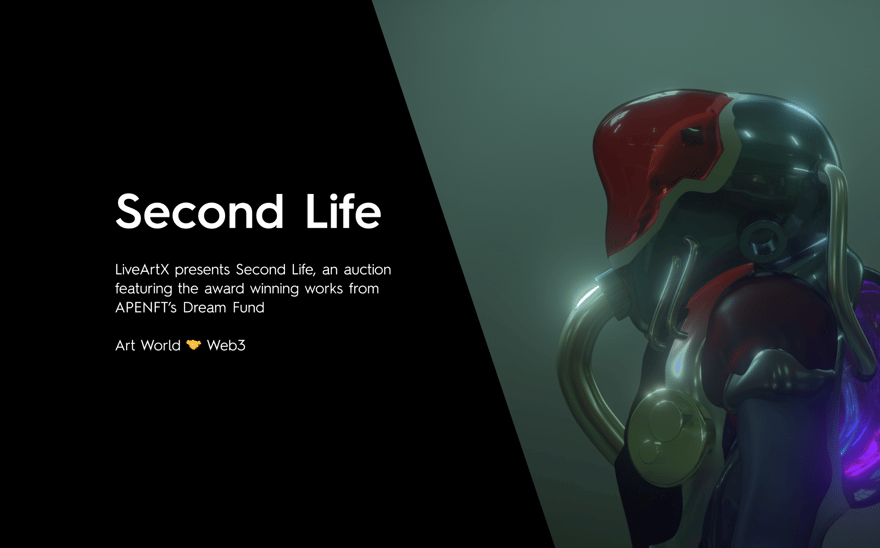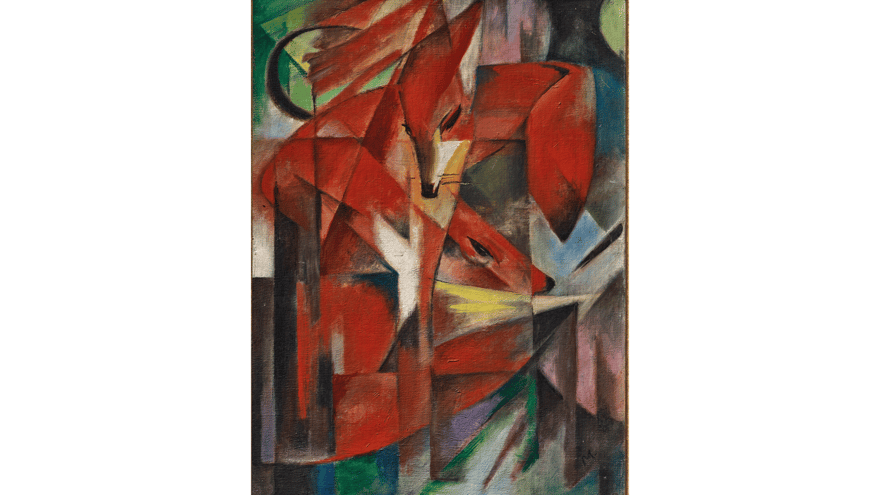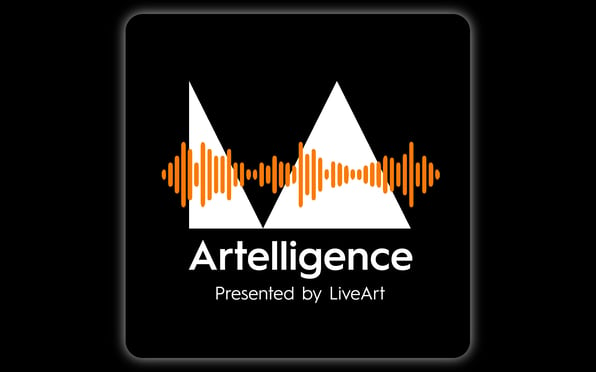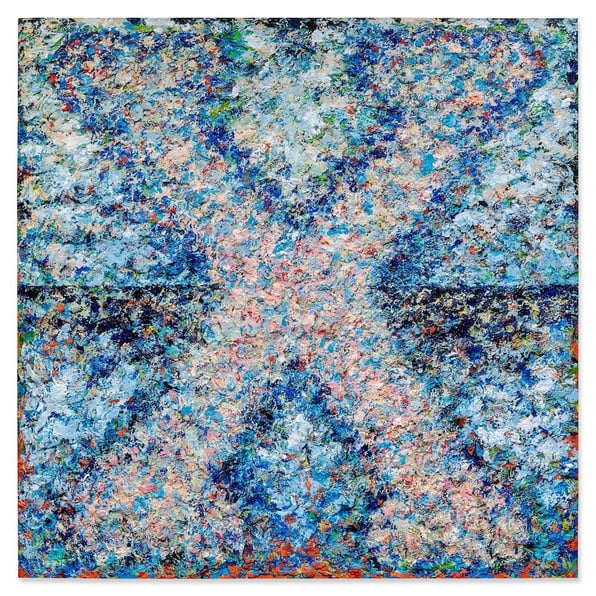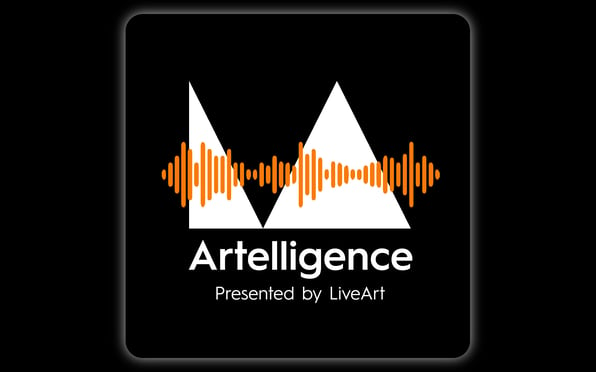How Esther Kim Varet Discovered Her Background Was an Asset
Esther Kim Varet founded her gallery Various Small Fires as project space in her Los Angeles home. It has since grown to have a location in Seoul, Korea with plans for another—as she announces in this podcast—to open soon in Dallas, Texas.
Esther Kim Varet founded her gallery Various Small Fires as project space in her Los Angeles home. It has since grown to have a location in Seoul, Korea with plans for another—as she announces in this podcast—to open soon in Dallas, Texas. In this podcast, Kim Varet talks about her experience as the child of immigrants with strong ties still in Korea, her conservative Baptist education and her own experience with art and how that has informed her role as a gallerist. After a brief experience as a partner in a New York gallery, Kim Varet discovered in Los Angeles that her personal experience—from her background to the artists she was interested in to her own ties to Korea—could become a valuable asset in growing her gallery.
Maneker As Los Angeles has become central to the global art world, and as there's a growing art center in Seoul, you are one of the few gallerists in both places and not anywhere else.
Kim Varet I also have some news to share… In the spring, I will be opening a third location in Dallas, Texas. I was born and raised in Dallas. I am a second generation of immigrant parents whose parents were also immigrants in South Korea from North Korea.
In college, I worked at Pace in their PR department. I was very interested in the “mediatization” of art, the actual relationships that go into promoting an artist, making them known, giving them a platform.
My PhD dissertation focused on certain movements that enabled museums to partner with corporations and the trickle down effect that had on Minimalism and Post Minimalism.
Maneker So you've always been aware of the structures that shape art?
Kim Varet Absolutely. It was natural for me to enter the art world via the lens of the gallery. Because if you start looking at the history of postwar American art, none of what we know would exist without early gallery systems. I've always thought, because I came from art history, about how art history is made and [what] access to knowledge … means. What that term “gatekeeper” means.
[When I] moved out to L.A., I opened a space in my house and started inviting artists over. At that particular moment, I didn't start Various Small Fires as a gallery that represented artists. It was more of a project space. As a gallery grows and becomes more successful, I realized that representing an artist, dedicating your belief in that practice, is the right thing to do.
It really wasn't until I moved to L.A. that I realized it makes so much sense for me to go do something in Seoul. Korea has the highest per capita of collectors in Asia. They have incredible institutions, and they have no tax on art.
Maneker You were originally thinking about this as a secondary market gallery?
Kim Varet No, just a project space. I'm not a good secondary market dealer. I always say, I'm much more talented at burying bodies than digging them up.
Maneker How did you find artists to represent?
Kim Varet When I moved to L.A., I had been doing research on Los Angeles artists in the 60s and 70s as part of my dissertation. I felt like art history had glossed over things like land art. I felt it was really important early on for us to be a platform for some of that rewriting that needed to be done.
Maneker You're in L.A., you begin to represent [artists]. You open in Korea. So, you're bringing artists that you work with to Korean collectors?
Kim Varet My long term strategy for Korea has been that I know Koreans very well. I think Korea is often not multi-generational money, and people want to play catch up. So they buy the Louis Vuitton purses and the Chanel. It's really about Western luxury. I knew that it was important to use my strength coming from the states to get the collectors there on board.
Maneker One of the conundrums of managing an artist’s career these days or selling art is that half of the world is buying art as a luxury item, and half of the world is buying art as a cultural object.
Kim Varet They don't have to be exclusionary. I think the very good American collectors take risks… without a mathematical calculation of their return. [As such,] the L.A. gallery is the space that I will continue to do the most amount of experimentation in the kind of art we show.
Maneker Because you feel confident of your relationship with your collectors there?
Kim Varet I think the collectors that we have here have the incredible capacity to be a part of trend making. I don't think that collectors in Korea are necessarily positioned in the place quite yet to do that.
I'm very proud of the fact that we're in L.A. Because I have so much confidence in what we represent in Los Angeles, I have no problem in taking that and importing it to other parts of the world.
Maneker It feels like it's only been in the last decade that Los Angeles has become this type of cultural center.
Kim Varet When I first moved to Los Angeles, there were still a lot of collectors that would rather buy from New York galleries than galleries in their own hometown. But in the last 10 years Los Angeles, on the cultural end, has become confident in its own abilities, and there has been a lot of investment. The core Los Angeles galleries and a lot of our artists are Los Angeles based, and they might not be incredibly well known outside of Los Angeles, but they're very influential for the community. I realized that it really is my responsibility to highlight those practices being a Los Angeles gallery.
For me, the Korean American experience is a globalized experience. It is all those feelings of alienation and confusion and hybridity and haptic-ness. For so many other individuals, not just Korean-Americans, it's a kind of state that we're all living in to a certain degree.
Maneker That kind of cultural diversity, which used to be stuck in New York and L.A., has become more prevalent. The fact that you're opening in Dallas is a sign that there's demand. People want to be closer to someone who can give them the experience of seeing artists rather than doing it on a trip to Los Angeles once a year.
Kim Varet Absolutely.
Maneker How important is Instagram these days to finding new artists?
Kim Varet When someone tells me about an artist, the first thing I do is open Instagram.
Maneker You said that you were very interested in the “mediatization” of art and its production. What has your experience been?
Kim Varet Before Instagram, you would talk about books. The photography of artworks and its dissemination through books. Instagram is essentially like that but accelerated and democratized. [In the past], you had to have a lot of capital, and there were only a certain number of publishing companies. The structures have all changed.
Maneker It goes back to what you were saying about gatekeepers, right? If you build an Instagram following, you have a direct way of shaping your relationship to your audience.
Kim Varet I think the thing that young or mid-tier galleries have going for them is their youth. If you're looking from the vantage point of being a 70 year old dealer, you need to stay relevant somehow.
[Though] I have to say, the art market remains surprisingly conservative.
Maneker Is that because of the risk, or is it something having to do with the financialization of the things?
Kim Varet It's probably both. You look at a lot of bigger fashion conglomerates–I think the reason why they keep on growing is because the people want to buy things that have the aura of that stamp. I think it's similar in art.
Maneker I think so, too. But you're on the cusp of becoming one of those.
Kim Varet Yeah. A lot of it has to do with looking at what your advantage [is].
[There is] a resourcefulness factor of being the little guy. But luckily in this era, when things are changing so quickly, often the bigger Goliath can’t adapt as quickly. This is when the little guys can thrive.

